10 Of The Smartest Animals In The Wild
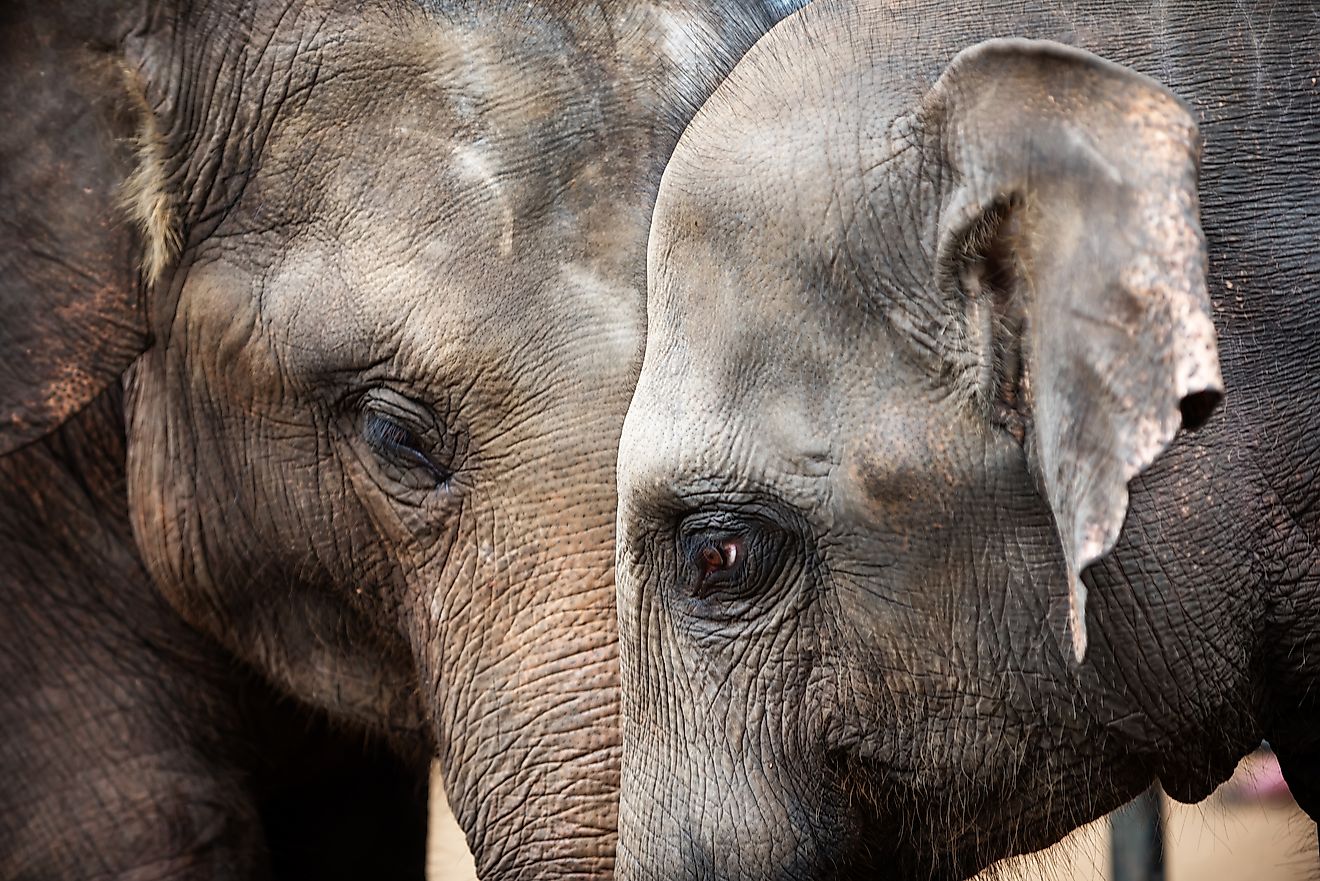
- Orangutans are the only great ape besides us to talk about the past.
- Ants are very smart as a collective, and have been compared to Google's search engine.
- Dolphins name their offspring for life.
The animal kingdom can sometimes seem so symbolically, and physically distant from the life of humans. In many places, when we do interact with animals it is when they have been domesticated and are under our control. Other than this, animal-human interactions are often limited to feeding, killing, and admiring from afar. Since we do not speak the same language and do not see the world in the same way, it can be difficult to know what it really is like to live as a squirrel, a bumblebee, or a tiger. In order to gauge an animal’s intelligence, we must observe how it interacts with others of its species, and its environment. We must also decide what “smart” behavior consists of. Are animals considered to be smart when they behave like us?
It is estimated there are about 8.7 million animal species alive on Earth today, but we have identified just 1.2 million to date. Here is a look at ten animals currently considered to be quite intelligent.
10. Chimpanzees
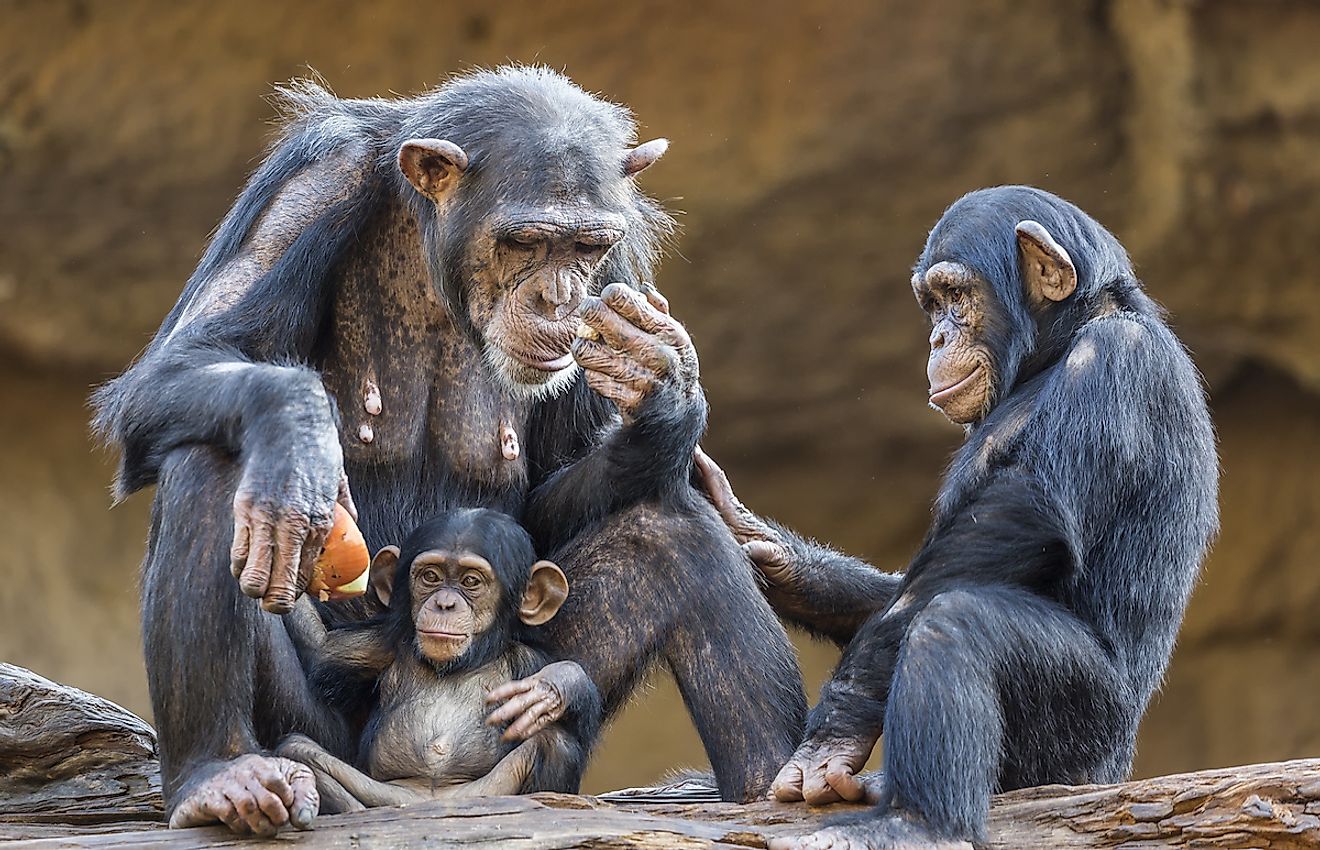
Chimpanzees are the closest living animal relative to humans, and are considered to be rather smart. Jane Goodall is an English primatologist who spent considerable time among chimpanzees, and has been instrumental in revealing to us just how smart they are. Chimpanzees can recognize themselves, and care and mourn for others. They have been known to work in groups to kill their prey, and have also shown human-like behaviour by fashioning tools in nature to help them accomplish tasks. Chimps have turned sticks into spears in order to do things like catch fish or insects to eat, and can communicate with others using complex vocalisations.
9. Crows
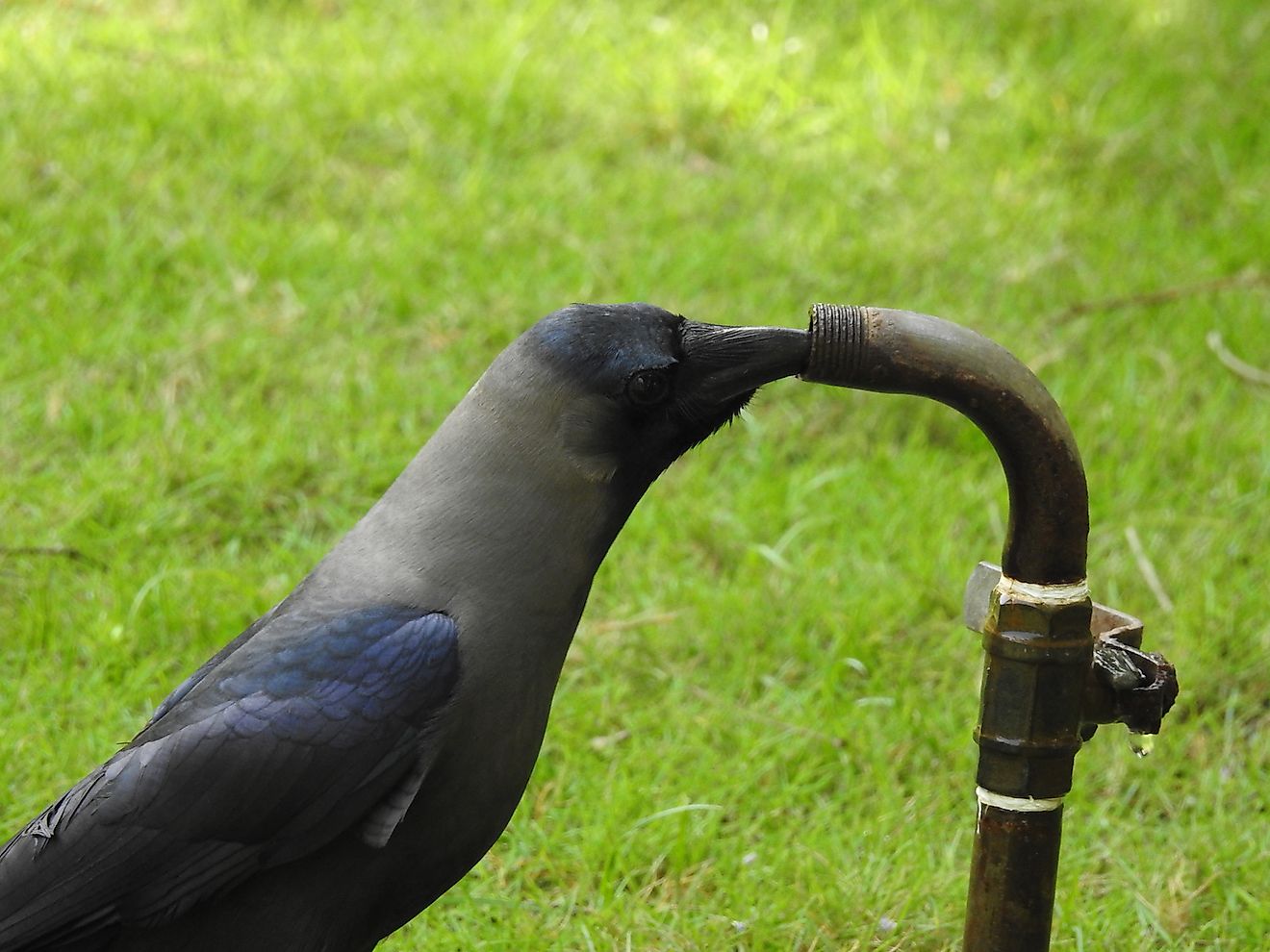
While a crow does not look anything like a human, you might say that at times it acts just like one. Carrion crows are cunning. According to PBS.org, these crows line up with humans at city crosswalks in Japan. When the light changes to walk, the crows enter the crosswalk and place walnuts from the surrounding trees, on the ground. They then exit the street and wait for the light to change, and for the cars to run over the nuts, crushing them. When the light turns red and the stream of traffic stops, this crow has been seen re-entering the street to feast on the newly cracked nuts.
Reports indicate that crows in Japan have been cracking nuts this way since the 1990s, and may have learned it from watching nuts being cracked by chance as cars run over them in the road. It is just one example of how smart this bird really is.
8. Wild Hogs
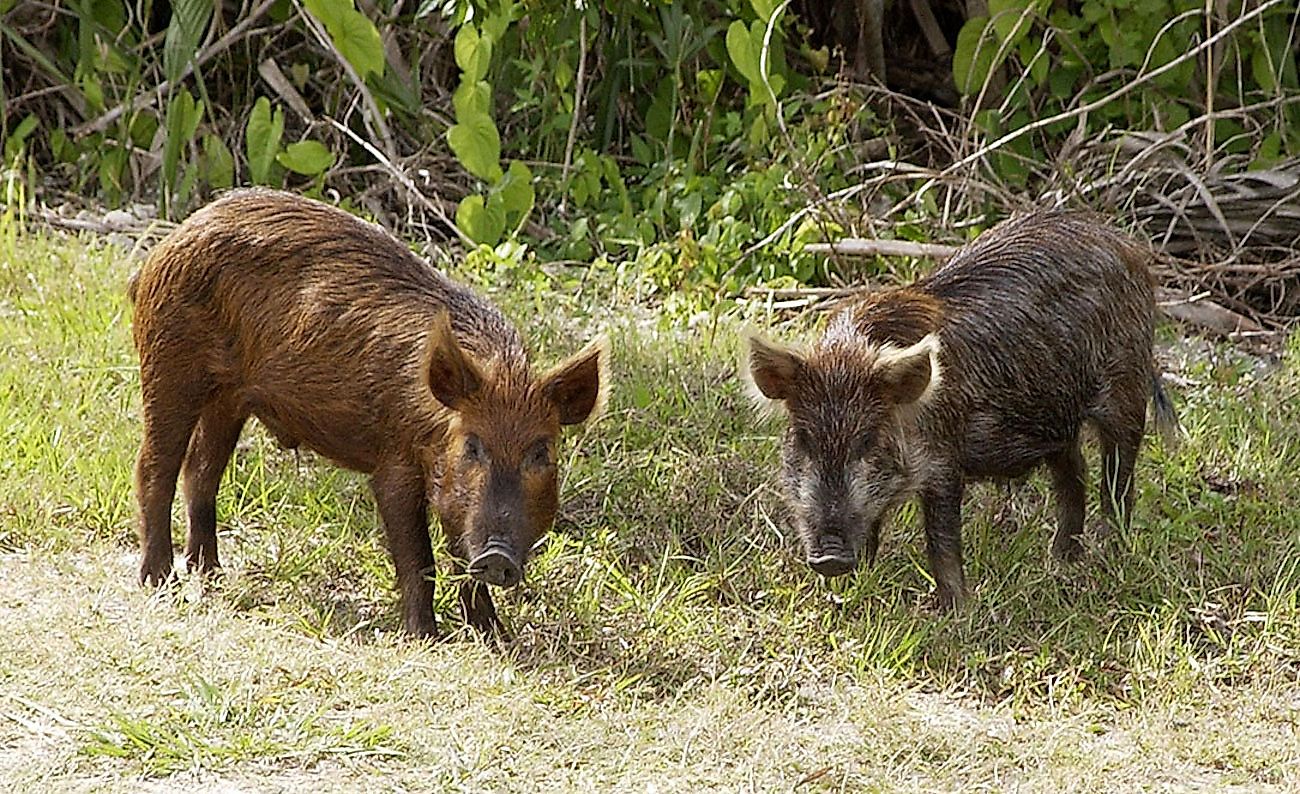
Pigs have been found to be intelligent, both on the farm and off of it. In fact, wild hogs are so smart they are taking over large sections of the American south, and are moving north, evading farmers’ attempts to control their numbers.
Wild hogs in America with the longest pedigree are said to be descendants of those brought to the Hawaiian Islands around 750 A.D. by Polynesian Islanders. Others are a cross with imported Eurasian wild boars, brought to America for hunting pleasure. Wild hogs are so successful in part because they will eat just about anything. A powerful sense of smell is also helpful, as it allows them to detect scents about 7 miles (11km) away and 25 feet (7m) underground.
In general, pigs as a species can remember information about their environment, which allows them to get around well. They seem to have a concept of time, and are playful and very social, something researchers say is an indication of intelligence.
These animals communicate with others using a variety of grunts, and if you have them in your midst, they can be difficult to get rid of. If there were a way to use their skills to your advantage however, they could be extremely useful.
7. Elephants
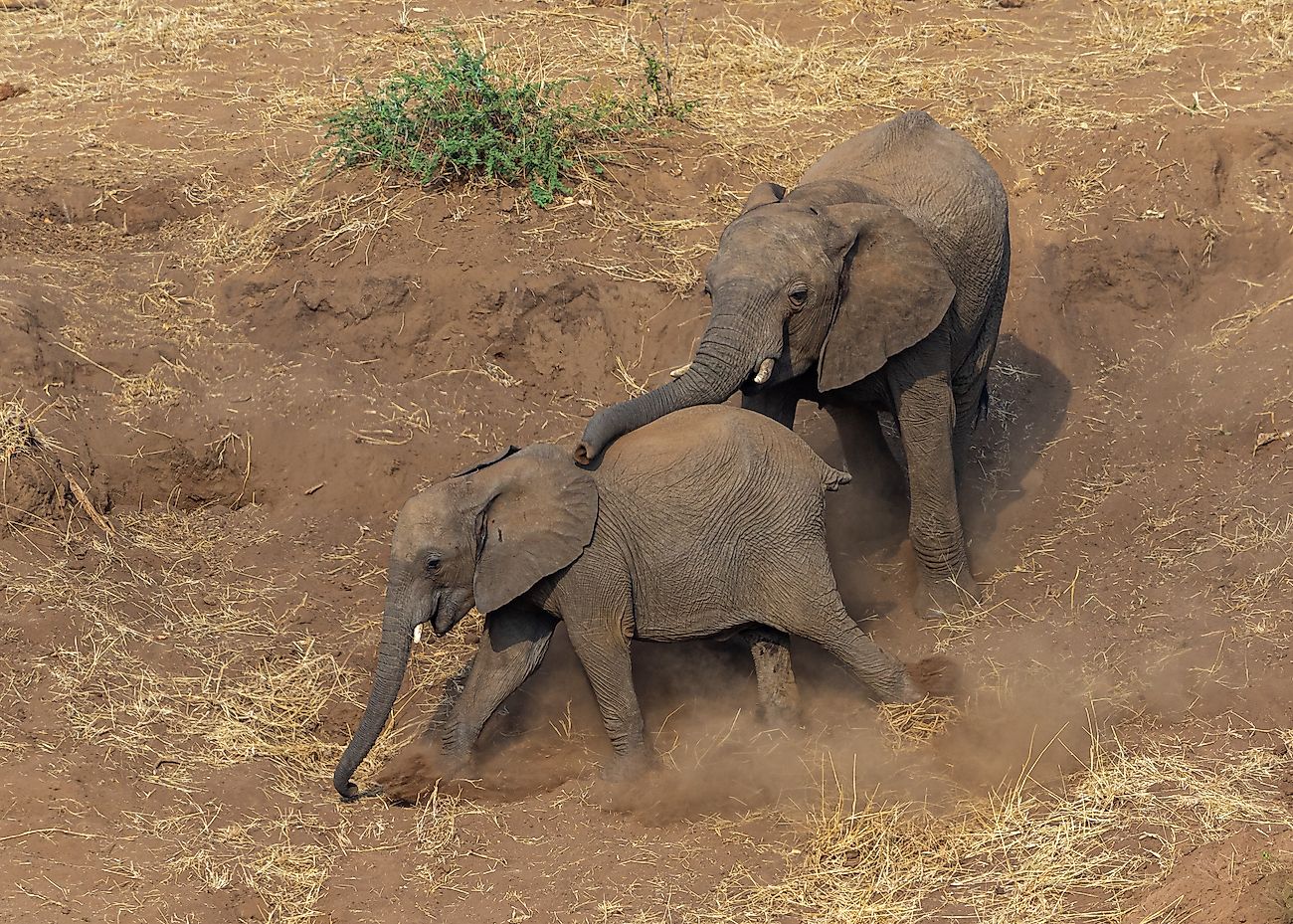
According to Scientific American, elephants are “even smarter than we realized”. These inspiring giants are indeed intelligent. They can recall the location of distance watering holes over vast landscapes year after year, they mourn their dead, comfort one another when they are upset, plan, work as a team, celebrate victories together, and create tools to help shoo away flies and reach food, to name just a few skills. It is thought that elephants may also have a sense of self.
6. Gorilla
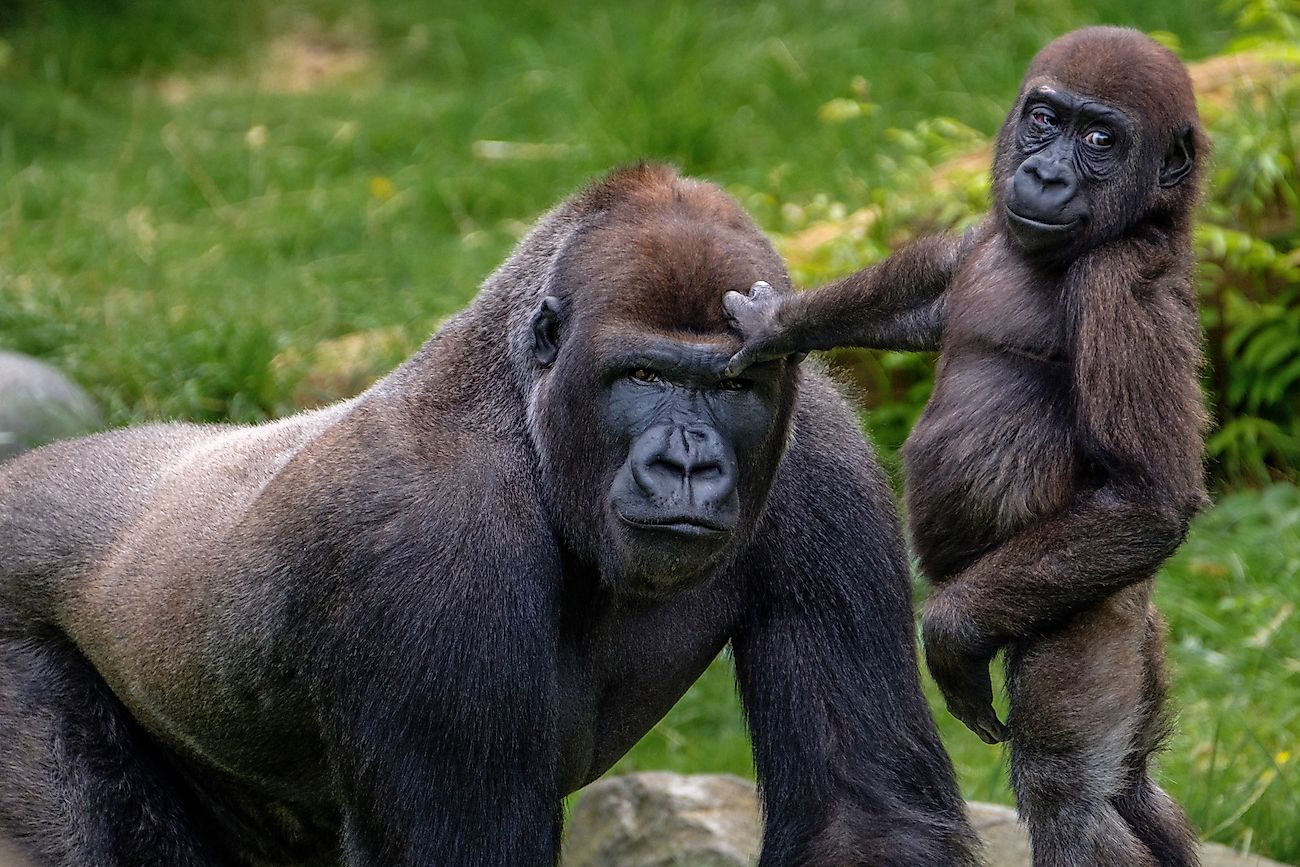
Gorillas have fascinated scientists and the public for ages. One gorilla in particular named Koko grabbed our heart strings and revealed to us just how intelligent these animals can really be. Koko lived in captivity and mastered human sign language. She was once interviewed by a writer for National Geographic Magazine who asked her where gorillas go when they die. Koko told the writer in sign language, “Comfortable hole bye." Animals may have depths in thinking we do not commonly imagine.
5. Dolphins

Considered to be one a few “intellectuals of the sea” dolphins are impressive creatures. According to some scientists, their intelligence is similar to that of great apes. Dolphins can recognize themselves in a mirror, and understand humans “gesture sentences”. They can also learn to do things based on rewards, such as poking a keyboard underwater to indicate they would like to play with certain toys, similar to the thinking of very young children. These creatures communicate with each other and give their offspring names, just as humans do.
4. Octopus
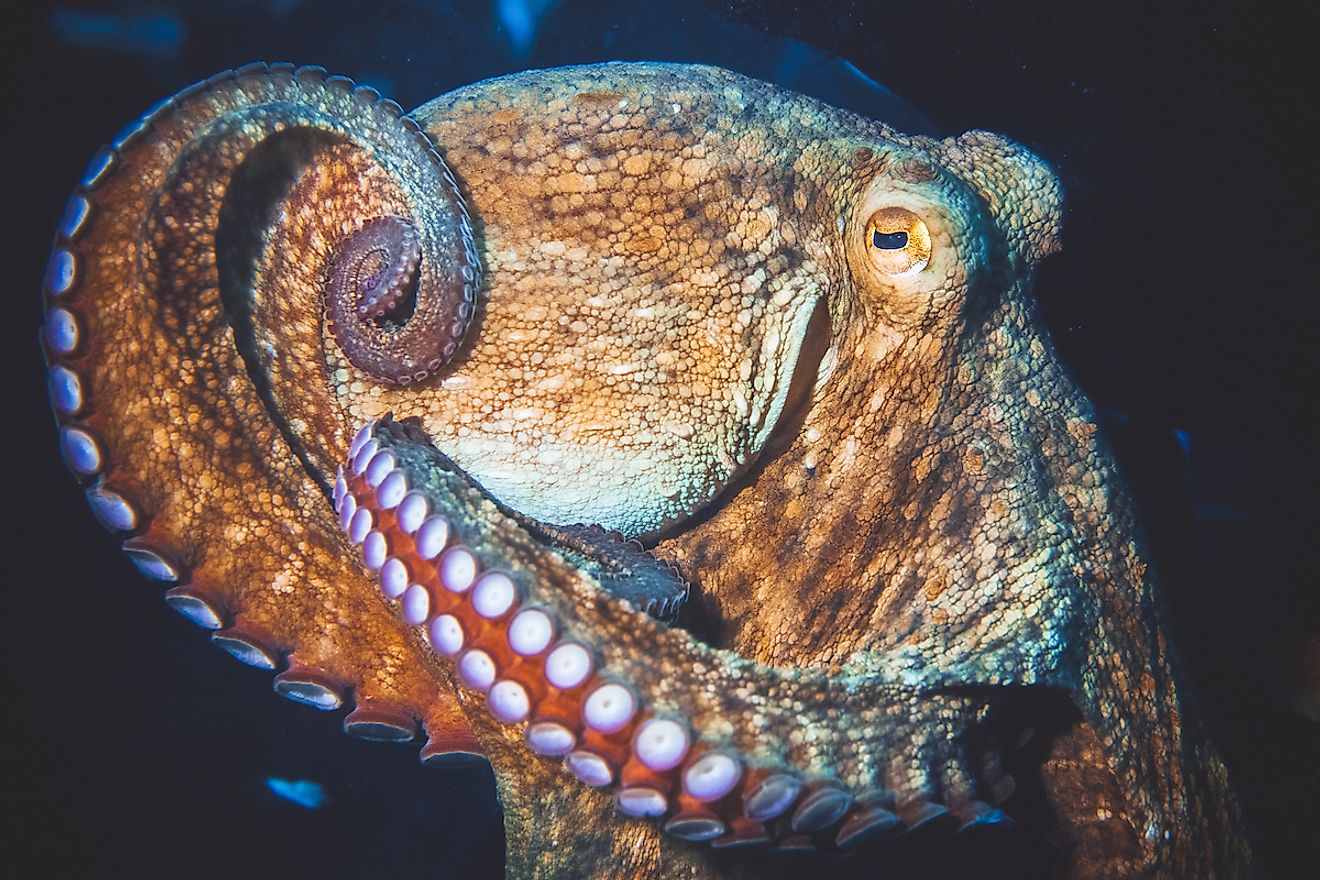
The octopus is a type of cephalopod, and all cephalopods-cuttlefish, squid, and octopuses- are thought to be highly intelligent. An octopus named Inky once escaped from the New Zealand aquarium by finding a gap in its tank. It slid out and traveled down a 164-foot-long drainpipe into a nearby bay to freedom. There are also reports that octopuses have learned to turn off light switches by squirting water at them, causing the electricity to short circuit. Smart. It all sounds like stuff that might happen at a highschool detention when the school hooligans have been left in study hall, alone, for just fifteen minutes.
3. Capuchin
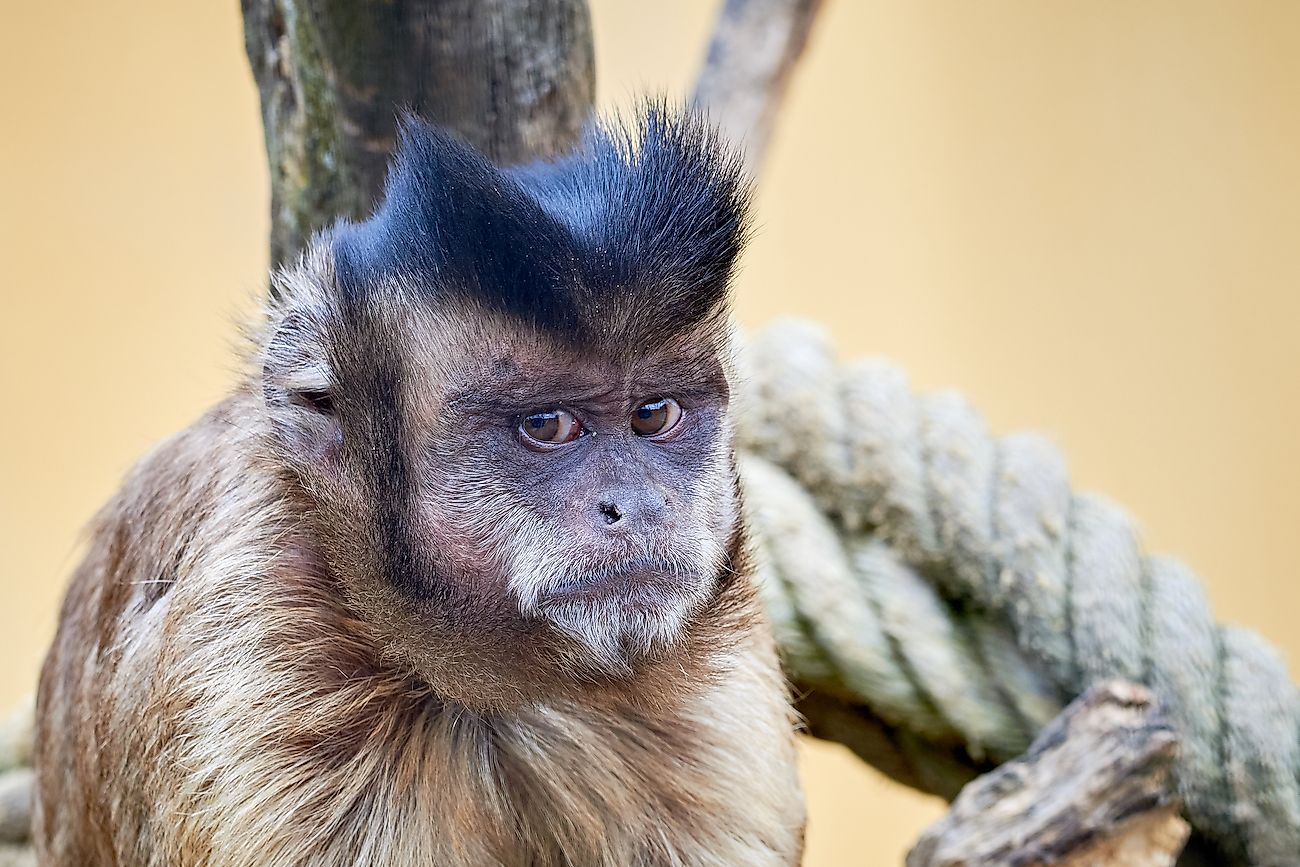
These creatures are a type of monkey, and they are considered to be one of the smartest in the New World. Capuchin monkeys live in the tropical forests of Central and South America. Capuchins are often used in lab experiments, and can be trained to the extent that they can be used as a “personal assistant” to someone with mobility issues. This the case with a California man named Travis Amick who is a quadripalegic. Amick’s monkey, Siggy, is so dextrous that when Amick’s cell phone fell to the floor and the battery popped out, Siggy retrieved it and put the battery back in, all on his own.
2. Orangutans
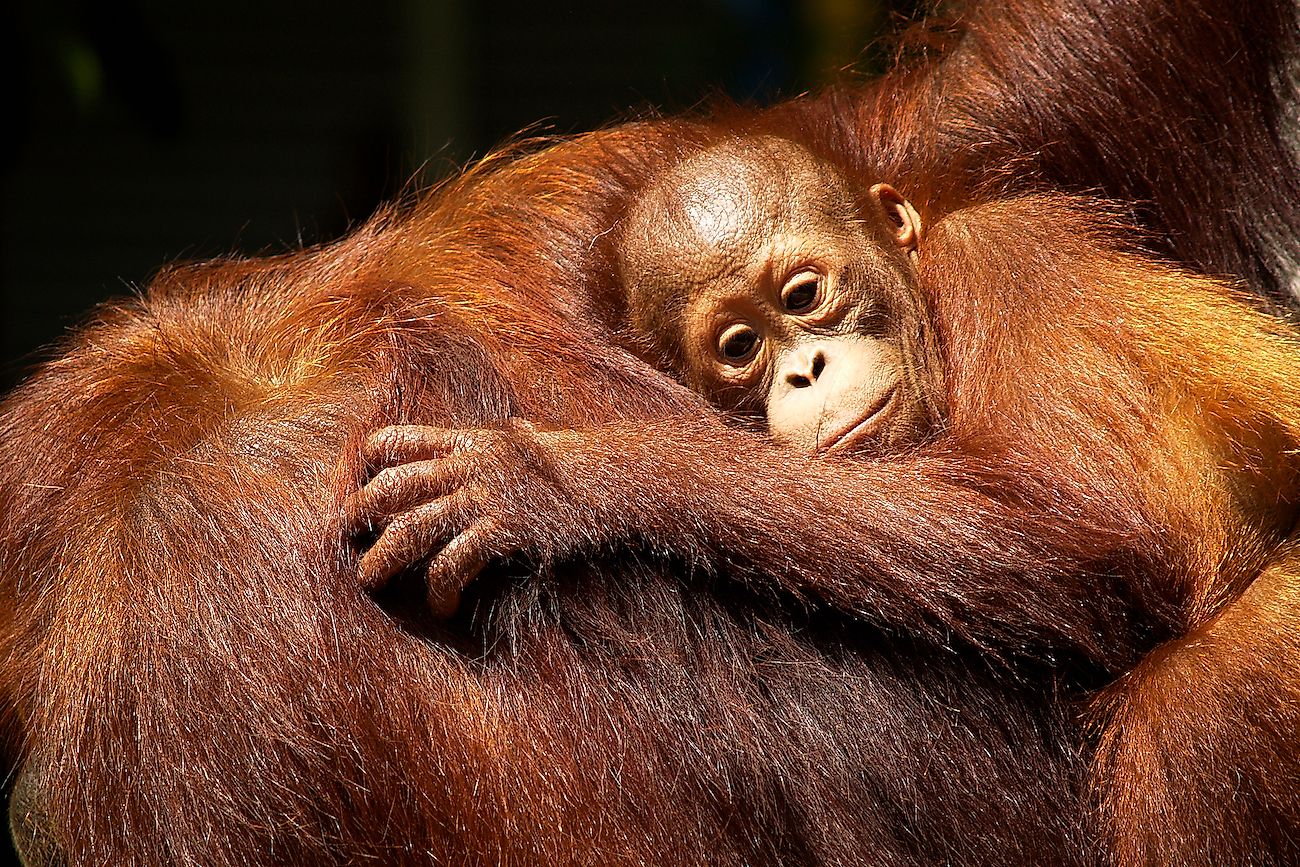
According to ScienceMag.org, orangutans are the only great apes besides us humans who talk about events in the past. They have a long-term memory and can make calls referring to the presence of predators long after the predator has left their environment. Orangutans are also sometimes silent when a predator is in their midst, which is seen as a sign of intelligence. They are being quiet so as not to attract attention and become potential prey. Orangutans also have fine control of their laryngeal muscles, which is something they use to communicate well with others. All of these factors add up to a smart animal.
1. Ants
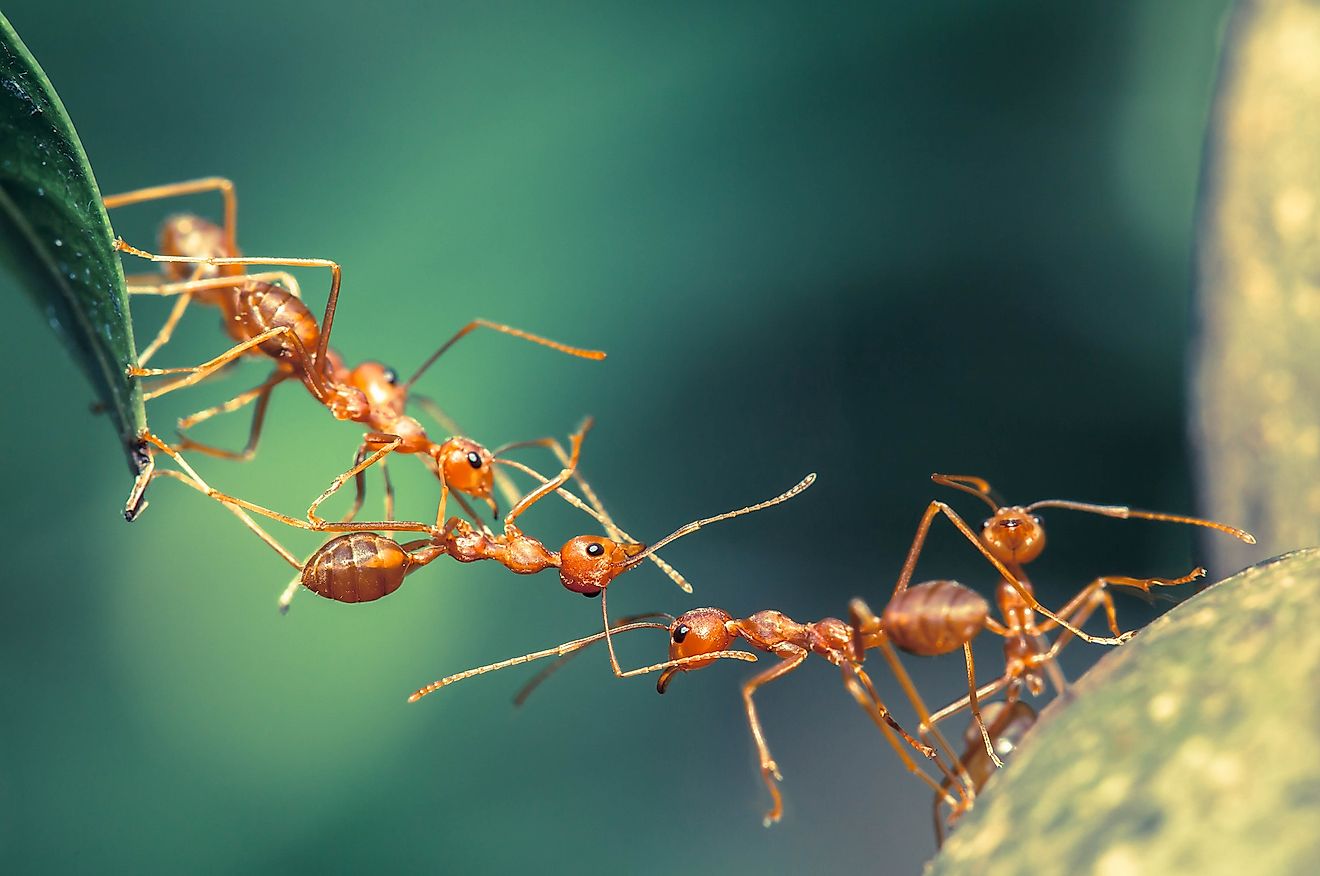
Ants are one of the tiniest creatures on this list, but they are also intelligent beings, at least collectively. A single ant is not all that smart, but colonies of ants work in impressive ways. Colonies send out individual ants to find food. When they do, they bring it back to their nest, leaving a scented trail of pheromones in their wake. Other ants then use these scents to join in on targeting the food source, creating a distribution network that can be efficient and vast. Time.com equates an ant network to the way Google’s algorithms work when searching for information for users.
Scientist Jurgen Kurths of the Potsdam Institute for Climate Impact Research stated:
“I’d go so far as to say that the learning strategy involved in that, is more accurate and complex than a Google search. These insects are, without doubt, more efficient than Google in processing information about their surroundings.”
Pretty impressive.
So, what makes an animal smart? It is difficult to say at times, as we inevitably see other creatures through a human lense. A sense of self, a concept of time, the ability to identify oneself in an image such as in a mirror, and the ability to recall events and beings long after they are first encountered are all hallmarks of an intelligent animal, as far as we can ascertain.











